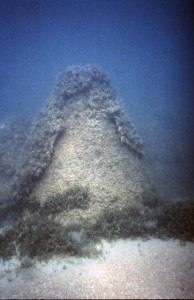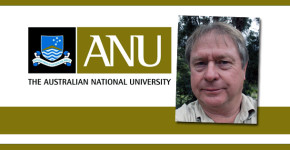
“But our finding, that stevensite can form around biological organisms, will encourage re-interpretation of these Martian deposits and their possible links to life on that planet” said Dr. Robert Burne in a recent article on ABC Science.
Dr. Robert Burne, an adjunct senior research fellow at the Research School of Earth Sciences at The Australian National University, is studying stevensite, a mineral found on both Mars and Earth.
Dr. Burne is a graduate of The University College of Wales, Aberystwyth and the University of Oxford. He has worked with the University of the West Indies, The Australian Bureau of Mineral Resources, Geology and Geophysics, The United Nations (Marine Geologist), the Baas Becking Geobiological Laboratory and is currently an adjunct senior research fellow at the Australian National University.
Video: Co-Author Linda Moore explains how the Thrombolites of Lake Clifton differ from Shark Bay Stromatolites
Robert Burne – Martial Minerals and Microbes
As I speak, the Curiosity Rover is seeking proof that Mars is, or was, suitable for life.
It is mainly looking for evidence of microbial life.
This might be provided by the discovery of microbialites – structures that form when minerals grow around microbe colonies. On earth some microbialites rival coral reefs in size.

Curiosity has already found trioctahedral smectites -clay minerals that form in water – showing that Mars might have been habitable at one time.
On Earth, we have discovered microbialites built of a trioctahedral smectite – stevensite – in Lake Clifton, south of Perth in Western Australia.
Usually stevensite is assumed to need high alkaline conditions; however our stevensite can form with the help of microbes in a lake with near neutral pH and that is less saline than seawater. The stevensite permineralizes and preserves the delicate structures of the microbial filaments that it forms around.
Later on, calcium carbonate replaces the stevensite and obliterates the fossilized evidence for the microbes.
The question is – “Do the Martian trioctahedral smectites have a similar association with microbial life?”
Our research might also explain the formation of the extensive Cretaceous hydrocarbon-bearing deposits of stevensite and microbialites recently discovered offshore of Brazil and Angola. These are the largest discoveries of new petroleum resources to be made in the twenty-first century.
But that is another story!
